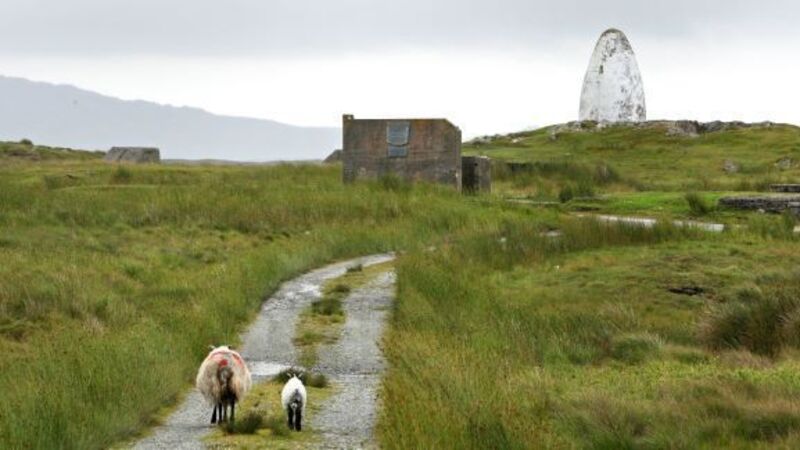Signal that launched 10,000 words

THE boreen leading to the site of the old Marconi wireless station in Derrygimla, Co Galway, is full of potholes. Four kilometres south of Clifden, the station was destroyed during the Civil War. There is little left of it bar concrete foundations covered in sheep dung, an d the odd lonely wall. A strange, egg-shaped monument commemorating Alcock and Brown’s histori crash-landing nearby, in 1919, and the bog, which as far as the e n see, add to the eeriness.
The site’s pitiful state belies its former status as the first transatlantic wireless station in Europe. When the first messages were sent and received here on Oct 17 1907, the world’s media went into a frenzy. “Wireless joins two worlds”, wrote The New York Times, which reported 10,000 words were exchanged across the Atlantic that day. A week later, The Sydney Daily Post’s correspondents tested the system and concluded that the “Marconi over-ocean wireless system proved entirely successful.” Key to that success was the station’s location. “Marconi required a site large enough to accommodate the great antenna system needed to direct a signal across the Atlantic,” says local historian and author, Kathleen Villiers-Tuthill. “He began searching for a site along the west coast of Ireland, in 1905, and eventually settled on Derrygimla, because it offered a clear path to the Atlantic for the aerials, it had a plentiful supply of fresh water, and cheap turf for the boilers, and the nearby town, Clifden, was linked by rail and telegraph cable to Galway.”











